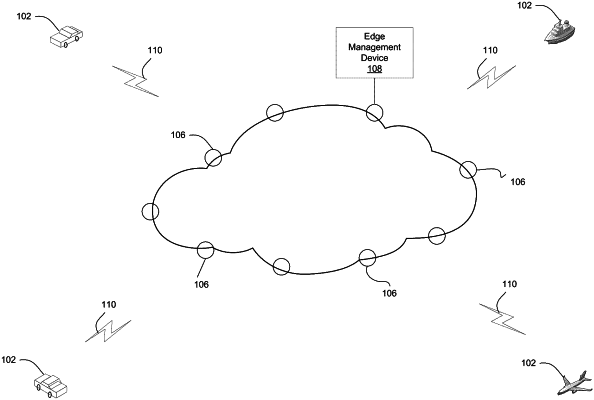| CPC H04L 47/824 (2013.01) [H04L 67/12 (2013.01); H04L 67/289 (2013.01); H04W 4/40 (2018.02); H04W 24/10 (2013.01); H04W 64/00 (2013.01); G08G 9/02 (2013.01)] | 19 Claims |

|
1. A method comprising:
identifying at least one vehicle operating on a boundary of a network;
determining at least one node on the network that is providing a cloud-based service hosted in the network to the at least one vehicle;
measuring a first parameter related to how long it takes the at least one node to respond to a communication from the vehicle;
measuring a second parameter related to an amount of time that it takes for the at least one node to perform one or more tasks related to the service;
calculating a first weighted value for the first parameter and a second weighted value for the second parameter;
utilizing the first weighted value and the second weighted value to determine latency between the at least one vehicle and the at least one node;
determining that latency, between the at least one vehicle and the at least one node through deployment of resources on the boundary of the network, exceeds a predetermined threshold;
identifying a location of the vehicle; and
moving a service associated with the vehicle to at least one alternate node closer to the location of the vehicle and having a latency with the at least one vehicle below the predetermined threshold by deploying at least one virtual machine providing the service to the at least one alternate node closer to the location of the vehicle and utilizing the at least one virtual machine to provide the service to the at least one vehicle.
|